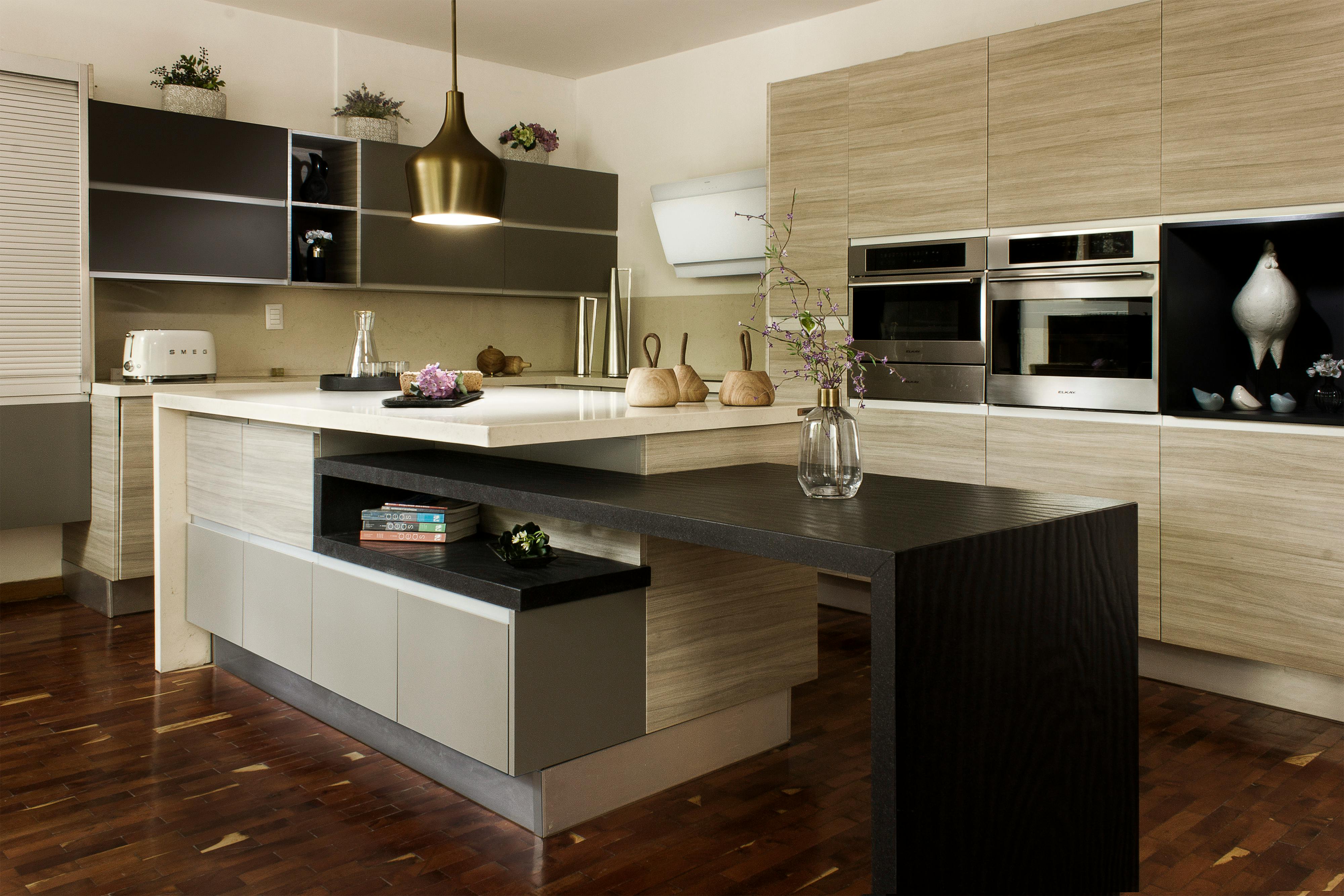
Kitchen Vinyl Wrap: Everything You Need to Know Before Starting
Is Kitchen Vinyl Wrap Durable? Pros and Cons Explained
Vinyl wrapping is a modern and cost-effective way to transform your kitchen without the heavy expense of a full renovation. Instead of tearing out your cabinets, counters, and doors, you apply a thin, adhesive-backed vinyl film directly onto the surfaces. This film comes in a huge variety of styles, matte, gloss, wood-grain, metallic, or even stone-look finishes. Think of it like giving your kitchen a brand-new skin.
The concept started in the automotive industry, where cars were wrapped for advertising or design purposes. Over time, the technique found its way into home improvement, especially kitchens, where cabinetry often makes up the bulk of the visual space. Homeowners quickly realized they could achieve a “new kitchen” look for a fraction of the cost of replacement.
If you’re planning to DIY your project, make sure you have the right signage tools that also work well for vinyl wrapping surfaces like cabinets and benchtops →
Vinyl wrapping is not paint. Unlike spray painting or refinishing, it doesn’t require sanding, priming, or messy fumes. It’s a peel-and-stick process that, when done correctly, looks seamless and professional. More importantly, it’s completely reversible. If you get tired of the look or want an upgrade, you can peel it off and replace it with a new design.
Why Homeowners Choose Kitchen Wraps

The biggest reason homeowners choose vinyl wrapping is cost-effectiveness. Full kitchen renovations often run into thousands of dollars, especially if you’re replacing cabinetry, countertops, or appliances. Wrapping, on the other hand, can cost as little as 10–20% of a renovation budget. That’s a massive saving for families trying to update their space without draining their savings.
Another reason is convenience. Kitchen renovations can take weeks, sometimes even months. They require plumbers, electricians, carpenters, and multiple trades working together. During that time, your kitchen is practically unusable. With vinyl wrapping, you can transform your kitchen in just a few days, or even a weekend if you’re tackling it as a DIY project.
Style flexibility also plays a role. Do you want a sleek, modern matte-black kitchen? Or perhaps a cozy, rustic oak look? With vinyl wraps, you can experiment with bold colors or textures that mimic expensive materials without the commitment or price tag. Many homeowners also appreciate the eco-friendly aspect: wrapping lets you refresh what you already own instead of sending perfectly good cabinetry to the landfill.
A durable finish often depends on the quality of your kit, which is why many beginners choose our workshop tool kits that include essential squeegees, blades, and applicators →
Benefits of Vinyl Wrapping Your Kitchen
Cost Savings Compared to Renovation
Let’s talk numbers. A standard kitchen renovation in the U.S. or U.K. can easily range from $10,000 to $30,000, depending on the size and materials. Even a modest facelift, with cabinet replacements only, could set you back $5,000 or more. By contrast, wrapping cabinets and surfaces typically costs between $500 and $2,000 for an average-sized kitchen.
That’s a game-changer for homeowners who want a stylish update without financial stress. For rental property owners, wrapping is especially appealing. It provides a refreshed look that attracts tenants and boosts property value without the high renovation costs that cut into profits.
The beauty of vinyl wrapping is its scalability. You don’t have to wrap your entire kitchen. Maybe you just want to update your cabinets, or only your island countertop. You can target specific areas, spreading the cost across multiple stages if needed.
Quick Installation and Minimal Disruption
Imagine this: you come home from work, your old cabinets are still there, worn and outdated. Two days later, your kitchen looks brand-new. That’s the magic of vinyl wrapping. Unlike full renovations that can drag on for weeks, wrapping projects are fast.
Most professionals can wrap an average kitchen in 2–3 days, depending on the complexity and number of cabinets. If you’re doing it yourself, it might take a weekend, especially if you’re learning as you go. The key advantage is that you don’t lose access to your kitchen for long periods. You can still cook, clean, and live normally while the transformation takes place.
Plus, wrapping is far less messy. No demolition dust, no debris, no need for dumpsters outside your house. At most, you’ll deal with adhesive backing scraps and trimming bits. It’s an upgrade that doesn’t turn your life upside down.
To achieve smooth results without bubbles, you’ll want to use vinyl wrap squeegees that are specifically designed for even application →
Wide Range of Colors and Finishes
One of the most exciting aspects of vinyl wrapping is the sheer variety of designs available. Whether you’re into sleek modern aesthetics or traditional rustic looks, there’s a wrap for you.
Matte finishes: Perfect for a minimal, modern, and classy look. Matte black, grey, or navy are especially trendy in 2025.
Gloss finishes: High-gloss white or bold colors give a polished, luxurious vibe, reflecting light beautifully.
Wood-grain wraps: These mimic natural oak, walnut, or pine for a cozy, warm kitchen atmosphere.
Metallic wraps: Brushed aluminum, copper, or stainless-steel-look vinyl works well for industrial-style kitchens.
Stone-effect wraps: Marble, granite, or slate-look vinyl creates the illusion of expensive countertops or splashbacks without the price.
The customization doesn’t stop there. Many suppliers offer textured wraps that feel like real wood or stone when touched. This adds depth and realism, making it hard to tell that the surface is wrapped vinyl rather than solid material.
With endless possibilities, homeowners can refresh their kitchens every few years without worrying about massive costs.
Kitchen Vinyl Wrap vs. Full Renovation
Cost Comparison: Wrap vs. Replace
If we put vinyl wrapping side by side with a full renovation, the savings speak for themselves. Cabinet replacement alone typically costs around $4,000–$10,000 depending on materials. Countertops add another $2,000–$5,000, and that’s before considering flooring, lighting, and labor.
On the other hand, wrapping your cabinets might only cost $1,500–$2,000 professionally, and even less if you do it yourself. You’re looking at saving 70–80% of what you’d spend on a renovation.
This cost efficiency is why vinyl wrapping has become a go-to option for homeowners on a budget or those preparing their homes for sale. A fresh-looking kitchen can boost property value and attract buyers without the hefty renovation investment.
Time and Effort Differences
Time is money, and renovations take plenty of it. A full remodel often spans 4–8 weeks, with multiple trades involved. That means weeks of eating out, living with dust, and dealing with contractors.
Vinyl wrapping, however, requires just a few days. Even a complete kitchen wrap rarely extends beyond a week. If you value convenience and want results fast, wrapping wins by a landslide.
Clean cuts make a huge difference in finish quality, so consider our precision knives, cutters, and blades for vinyl wrap projects →
Environmental Impact
When you rip out a kitchen, you’re not just throwing away cabinets, you’re contributing to landfill waste, which often includes wood composites, laminates, and plastics. Wrapping helps combat this issue by extending the life of your existing cabinetry.
By reusing what you already have, you reduce waste, minimize the demand for new raw materials, and keep your renovation footprint much smaller. For eco-conscious homeowners, this makes vinyl wrapping a far greener choice than replacing everything from scratch.
Is Kitchen Vinyl Wrap Durable?

Lifespan of Vinyl Wrapping
Durability is one of the first questions homeowners ask. How long will it last? On average, professionally applied vinyl wrap can last 7–10 years with proper care. Some high-quality wraps last even longer, especially in low-traffic kitchens.
DIY applications might not last as long, especially if surfaces weren’t cleaned or prepped correctly before application. That’s why surface preparation is crucial, any grease, dust, or rough edges can cause peeling or bubbling down the line.
Common Wear and Tear Issues
Like any surface, vinyl wrap isn’t indestructible. Common issues include:
Peeling edges near handles or high-touch areas.
Scratches from sharp utensils or rough cleaning tools.
Bubbling if air wasn’t smoothed out during installation.
Heat damage if placed too close to stovetops or ovens without protection.
That said, most of these issues are preventable with good installation and proper maintenance.
For tricky corners and edges, professionals often rely on knifeless tape to create seamless lines without risking damage to the surface →
How to Maintain Wrapped Surfaces
Maintaining vinyl wrap is straightforward. Unlike wood or stone, it doesn’t need sealing, varnishing, or polishing. Just wipe it down with a soft cloth, mild soap, and water. Avoid abrasive cleaners or scouring pads, as they can scratch the surface.
For extra longevity, place heat protectors near stovetops, and don’t cut directly on wrapped countertops. With a little care, your vinyl-wrapped kitchen will look fresh and stylish for years.
How To Choose the Best Kitchen Vinyl Wrap
Popular Colors and Finishes in 2025
As of 2025, kitchen design trends lean toward minimalism, warmth, and natural aesthetics. The most popular vinyl wrap finishes this year include:
Matte black and dark navy for modern, chic kitchens.
Warm oak and walnut wood grains for a cozy, rustic vibe.
Glossy whites and light greys for bright, airy spaces.
Marble-effect wraps for luxury without the high cost.
These finishes reflect the current trend of blending practicality with style, kitchens that feel both functional and welcoming.
Matte vs. Gloss vs. Textured Wraps
Choosing the right finish depends on your lifestyle and design preference:
Matte: Hides fingerprints and smudges, great for families with kids. Offers a soft, modern look.
Gloss: Reflects light, making small kitchens appear larger. Needs more cleaning to maintain shine.
Textured: Mimics natural materials and adds depth. Perfect for rustic or farmhouse-style kitchens.
Before wrapping, surfaces should be spotless, which is why many installers use specialised cleaning tools for vinyl wrap preparation →
How to Match Wraps with Kitchen Styles
A wrap that looks stunning in a showroom might not suit your kitchen. To make the right choice:
Consider your lighting, glossy wraps pop in bright rooms, while matte works well in shaded spaces.
Match the wrap with your flooring and countertops for a cohesive look.
Think about longevity, a bold color might look trendy now but could feel outdated in a few years.
A safe bet is to choose neutral tones for cabinets and add personality with accessories like handles, backsplashes, or lighting.
Step-by-Step Guide to Vinyl Wrapping a Kitchen
Tools and Materials Needed
Before diving into your kitchen wrapping project, you’ll want to assemble the right tools and materials. Unlike large-scale renovations that demand heavy machinery, vinyl wrapping requires relatively simple supplies, many of which you may already have at home.
Here’s a breakdown of essentials:
Vinyl wrap rolls (your chosen finish and color)
Heat gun or hair dryer (for stretching and molding vinyl around edges)
Squeegee or application tool (to smooth out bubbles and wrinkles)
Utility knife or precision cutter (for trimming excess wrap neatly)
Measuring tape and ruler (to cut vinyl pieces accurately before application)
Cleaning supplies (degreaser, microfiber cloths, mild soap and water)
Masking tape (for alignment and holding pieces in place temporarily)
Optional extras include edge-sealing pens, which help lock down corners and prevent peeling, and felt-edged squeegees, which reduce scratching during application.
If you need to strip old adhesive films, check out our part removal tools that make the job easier and faster →
The good news? Once you invest in these supplies, they can be reused for future wrapping projects, whether you want to update your kitchen again or wrap furniture, doors, or other surfaces around your home.
Preparing Surfaces Before Wrapping
Preparation is arguably the most important part of vinyl wrapping. Even the highest-quality vinyl won’t stick properly if your surface is dirty, greasy, or uneven. Think of it like painting a wall: the smoother the surface, the better the finish.
Here’s the step-by-step prep process:
Clean thoroughly: Wipe down cabinets and surfaces with a degreaser or mild soap. Kitchens accumulate cooking oils and dust, which can interfere with adhesion.
Remove hardware: Unscrew handles, hinges, and knobs from cabinet doors. Wrapping around them is tricky and often results in an unprofessional finish.
Smooth rough areas: Sand down chips or peeling laminate. While vinyl can hide some imperfections, large bumps or cracks will show through.
Dry completely: Make sure surfaces are 100% dry before application. Even a hint of moisture can weaken adhesion.
Measure carefully: Cut vinyl sheets slightly larger than each cabinet or surface. This gives you room to trim precisely after application.
Spending extra time on preparation pays off. A well-prepped surface ensures the wrap adheres smoothly and lasts for years.
Wrapping Process Explained
Now comes the fun part, actually applying the vinyl wrap. The process can be broken down into a few clear steps:
Position the vinyl: Peel back a small section of the adhesive backing and line up the vinyl with the top edge of the cabinet or surface.
Apply gradually: As you peel away more of the backing, press the vinyl onto the surface using a squeegee. Work slowly from the center outward to push out air bubbles.
Heat for flexibility: Use a heat gun or hair dryer to soften the vinyl, making it easier to stretch and mold around corners or curved edges.
Trim edges: Once fully applied, use a sharp utility knife to trim away excess vinyl, leaving clean, crisp edges.
Seal and smooth: Go over the surface again with a squeegee to ensure strong adhesion. For extra durability, apply an edge sealer to prevent peeling.
The process can be repeated for each cabinet door, drawer, and surface. While it takes patience, the result is incredibly satisfying, a fresh, modern-looking kitchen that feels brand new.
For larger kitchen areas like cupboard doors or benchtops, it’s helpful to use a complete vehicle wrap tool kit that also applies perfectly to vinyl wrapping furniture and interiors →
Mistakes to Avoid When Doing the Kitchen Vinyl Wrapping
If you decide to go the DIY route, watch out for these common pitfalls:
Skipping surface prep: Even small grease spots can cause vinyl to lift.
Using dull blades: Ragged cuts ruin the clean, professional look.
Rushing the process: Patience is key. Slow, careful application prevents bubbles and wrinkles.
Applying heat incorrectly: Too much heat can warp vinyl; too little makes it hard to stretch.
Not measuring twice: Cutting vinyl too small means wasted material.
By avoiding these mistakes, you’ll dramatically improve your chances of success and end up with a kitchen that looks like it was done by a pro.
Kitchen Vinyl Wrap Installation Costs
Average Prices for DIY vs. Professional Jobs
Costs vary depending on kitchen size, materials, and whether you DIY or hire a professional. Here’s a rough guide:
| Kitchen Size | DIY Cost in USD (Materials Only) | Professional Cost |
|---|---|---|
| Small kitchen (10–15 cabinets) | $300–$600 | $1,000–$1,500 |
| Medium kitchen (15–25 cabinets) | $500–$1,000 | $1,500–$2,500 |
| Large kitchen (25+ cabinets) | $800–$1,500 | $2,500–$4,000 |
DIY is undoubtedly cheaper, but keep in mind that mistakes can add extra costs if you need to repurchase vinyl. Professionals, while pricier, often provide warranties that protect your investment.
Factors That Affect Pricing
Several factors influence the cost of kitchen vinyl wrapping:
Kitchen size: More cabinets and drawers mean more material and labor.
Vinyl quality: Premium textured or stone-effect wraps cost more than basic matte finishes.
Complexity: Cabinets with grooves, moldings, or curves take longer to wrap.
Labor rates: Prices vary by region and installer expertise.
For a budget-friendly project, many homeowners mix and match, choosing simple finishes for most surfaces and splurging on premium wraps for focal points like islands or backsplashes.
Long-Term Value of Wrapping
While wrapping isn’t permanent, it offers excellent value for money. A well-applied wrap can last nearly a decade, all while keeping your kitchen looking fresh and stylish. Considering it costs a fraction of a renovation, the return on investment is high, especially if you’re refreshing your kitchen before selling your home.
For many homeowners, the savings combined with the ability to change styles every few years makes wrapping a smart long-term choice.
Air pockets can ruin a clean finish, so a good choice is our tint squeegees, which work just as effectively for vinyl on flat kitchen surfaces →
Maintenance and Cleaning Tips
How to Clean Vinyl Wrap Safely
Keeping vinyl wrap clean is refreshingly simple compared to natural materials like wood or stone. All you need is:
A soft microfiber cloth
Warm water and mild dish soap
Optional: A non-abrasive household cleaner for tougher stains
Wipe surfaces gently, avoiding harsh scrubbing. Unlike wood, vinyl doesn’t absorb stains, so spills are easy to clean if caught quickly.
Preventing Damage from Heat and Moisture
Vinyl is durable, but it’s not invincible. Excessive heat can cause warping or peeling, and constant exposure to steam or water may weaken adhesion. To protect your wrap:
Use heat shields near ovens, toasters, and stovetops.
Don’t place hot pans directly on wrapped countertops.
Ensure good ventilation to reduce moisture buildup.
By treating your wrapped kitchen with the same care you’d give a painted or laminated surface, you’ll extend its lifespan significantly.
When to Replace or Re-Wrap
Even with the best care, vinyl wrap will eventually show signs of wear. The good news is that replacing it is much easier and cheaper than a full renovation. You’ll know it’s time to re-wrap when:
Edges start peeling and can’t be repaired.
Surfaces are scratched or discolored beyond cleaning.
You’re simply ready for a style change.
Because wrapping is reversible, you can refresh your kitchen as often as you like, something that’s not practical with full renovations.
Common Problems with Kitchen Vinyl Wrap

Peeling and Bubbling Issues
Peeling and bubbling are two of the most common concerns homeowners face after wrapping their kitchens. Peeling usually starts at high-contact points, such as cabinet edges, corners, or around handles. This often happens when the vinyl wasn’t applied with enough heat or pressure, or when surfaces weren’t cleaned thoroughly beforehand. Bubbling, on the other hand, is usually caused by trapped air during installation.
To prevent peeling:
Always ensure cabinets are grease-free before applying vinyl.
Use a heat gun to activate the adhesive and press firmly on edges.
Consider edge-sealing pens for high-use areas.
To fix bubbles:
For small bubbles, prick them with a fine pin and press the air out with a squeegee.
For larger bubbles, carefully lift the vinyl back up, reapply heat, and smooth it down again.
These issues can be frustrating, but they’re usually fixable. The key is patience, rushing the job almost always leads to bubbles and peeling.
Heat Resistance Concerns
Kitchens naturally involve heat, stoves, ovens, toasters, and kettles all generate it. While most quality vinyl wraps are heat-resistant up to 75–80°C (167–176°F), they aren’t indestructible. Prolonged exposure to direct heat may cause the vinyl to warp, shrink, or peel.
To avoid heat-related damage:
Keep appliances like toasters or kettles away from wrapped walls or cabinets.
Install heat shields or protective panels near ovens.
Don’t leave cabinet doors open above hot appliances for extended periods.
When used with care, wraps handle everyday kitchen heat perfectly fine. Problems only arise with consistent, direct exposure.
Fixing Small Damages
One of the best things about vinyl wrapping is that it’s relatively easy to repair. Small scratches, nicks, or peeling sections don’t mean you need to redo the whole kitchen.
Scratches: Light scratches can often be disguised by gently heating the vinyl and smoothing it out.
Peeling edges: Reheat the peeling section, press it back down firmly, and apply edge sealer.
Damaged sections: If one cabinet is too damaged, simply rewrap that single piece instead of replacing everything.
This repairability makes vinyl wrapping highly practical compared to painted or laminated cabinets, where damage is harder to fix seamlessly.
Once your kitchen wrap is installed, keep it looking fresh with our car detailing tools that double as aftercare products for vinyl surfaces →
Kitchen Wrap Styles and Trends 2025
Minimalist Matte Designs
Minimalism continues to dominate interior design trends in 2025, and matte vinyl finishes are at the heart of it. Homeowners love the understated elegance of matte black, charcoal grey, or navy blue cabinets. These colors create a sleek, modern look without feeling overwhelming.
Matte finishes also have a practical advantage: they hide fingerprints and smudges better than glossy surfaces. For families with kids, this is a game-changer. Pair matte wraps with simple, streamlined hardware, like slim black handles or hidden touch-latch doors, for a timeless, uncluttered style.
High-Gloss Luxury Look
On the flip side, glossy vinyl wraps remain popular for homeowners chasing a luxurious, polished look. High-gloss white, cream, or bold colors like emerald green or ruby red can completely transform a kitchen, making it look brighter and more spacious.
Gloss finishes reflect light beautifully, which is especially useful in smaller kitchens where natural light is limited. Many homeowners are combining glossy upper cabinets with matte or wood-grain lower cabinets for a sophisticated, mixed-material aesthetic.
Wood and Stone Effect Finishes
Nature-inspired designs are one of the hottest trends in 2025. Vinyl manufacturers now produce wraps that mimic natural wood grains and stone textures with astonishing realism. Imagine a rustic oak cabinet wrap paired with a marble-effect vinyl countertop, all at a fraction of the cost of real materials.
Wood-look vinyl: Perfect for farmhouse or Scandinavian kitchens.
Marble-effect vinyl: Creates a luxury vibe for modern spaces.
Concrete or slate wraps: Great for industrial-inspired designs.
These textures not only look authentic but often feel tactile, adding depth and character to your kitchen.
Whether you’re updating a small kitchen or taking on a full renovation, you can shop professional vinyl wrapping tools online at Oz Sign Supplies →
FAQs
Can I wrap over damaged cabinets?
Minor scratches or chips can be covered by vinyl, but large cracks or water damage should be repaired first. The smoother the surface, the better the results.
How long does a vinyl wrap last in the kitchen?
On average, professional wraps last 7–10 years with proper care. DIY wraps may last slightly less, depending on skill and preparation.
Is vinyl wrap heat and water resistant?
Yes, most quality wraps are resistant to everyday kitchen heat and moisture. However, avoid direct contact with extreme heat or prolonged steam exposure.
Can I change the wrap later?
Absolutely! Vinyl wraps are fully removable, making it easy to update your kitchen’s look every few years.
Is DIY wrapping beginner-friendly?
It can be, but it requires patience. Start with a small project (like one cabinet) before tackling the whole kitchen. Watching tutorials and practicing helps avoid costly mistakes.
Conclusion
Is Kitchen Vinyl Wrap Worth It?
Kitchen vinyl wrap is more than just a budget-friendly alternative to renovation, it’s a stylish, flexible, and eco-conscious solution for homeowners. Whether you’re updating your space for personal enjoyment or boosting resale appeal, wrapping delivers a modern look without the mess, cost, or environmental impact of a full remodel.
Yes, it has limitations. It won’t last forever, and it requires proper care to prevent heat or peeling issues. But for most families, the benefits outweigh the drawbacks. You get a brand-new kitchen feel in days, not weeks, and for thousands less than a traditional renovation.
If you’re debating between a costly remodel and a wrap, ask yourself: do your cabinets still function well? If the answer is yes, vinyl wrapping is likely the smarter choice.
Not sure where to start? Explore our tool bag collection so you can keep all your vinyl wrap tools organised in one place →
Are you unsure which tool or kit is right for your job?
Our expert team at Oz Sign Supplies is here to help. Reach out today, and we’ll direct you to the best tools to suit your project, ensuring you get the job done right the first time.


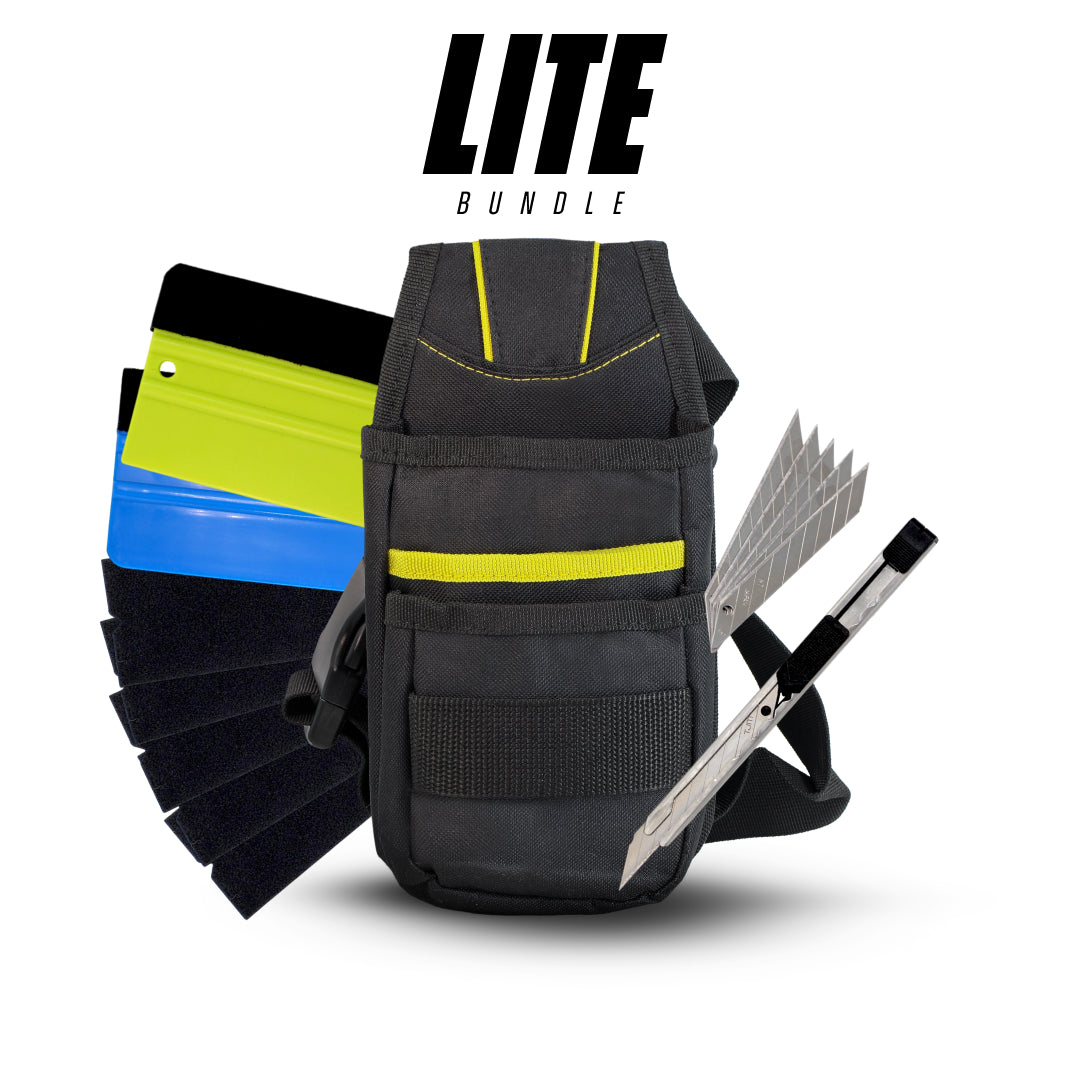
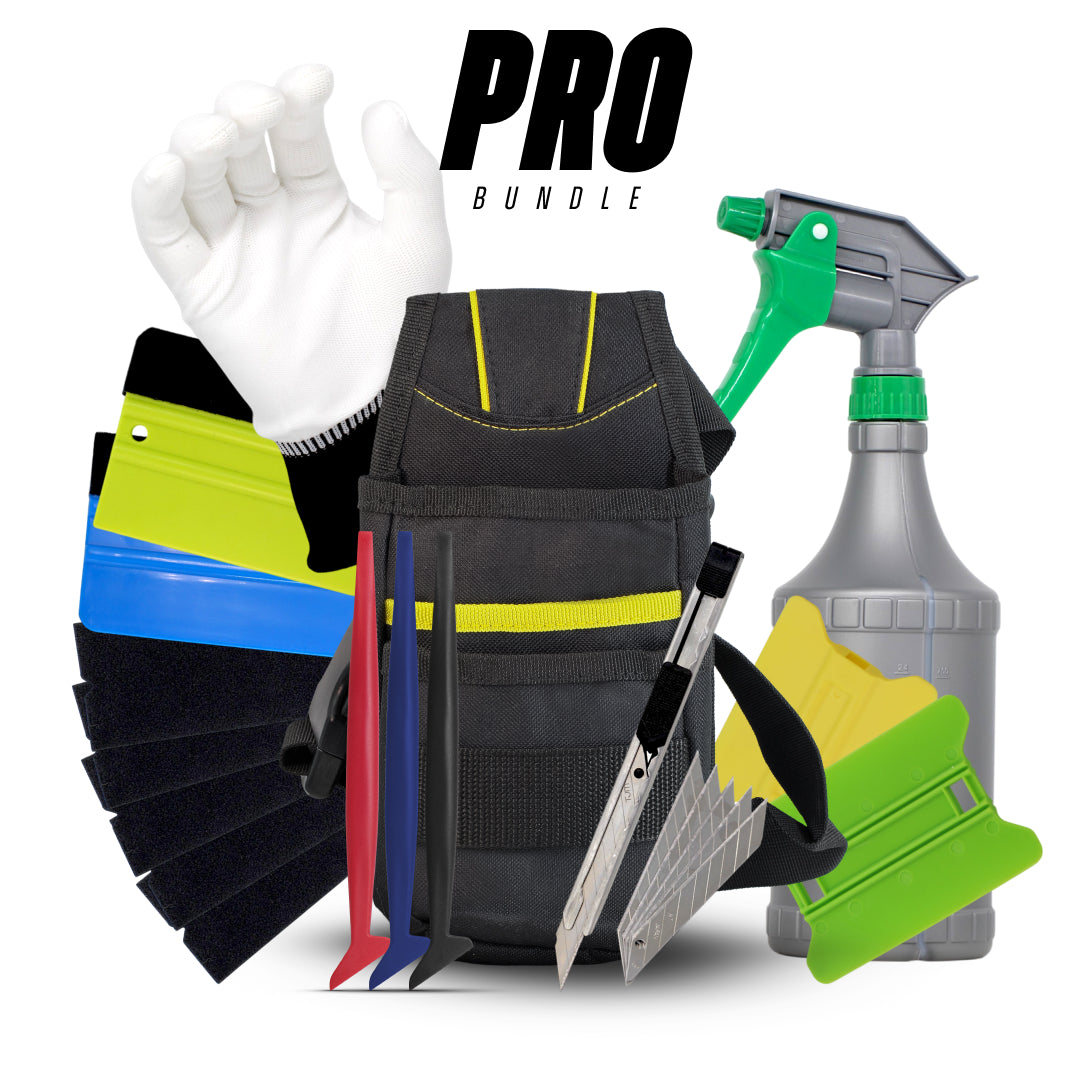
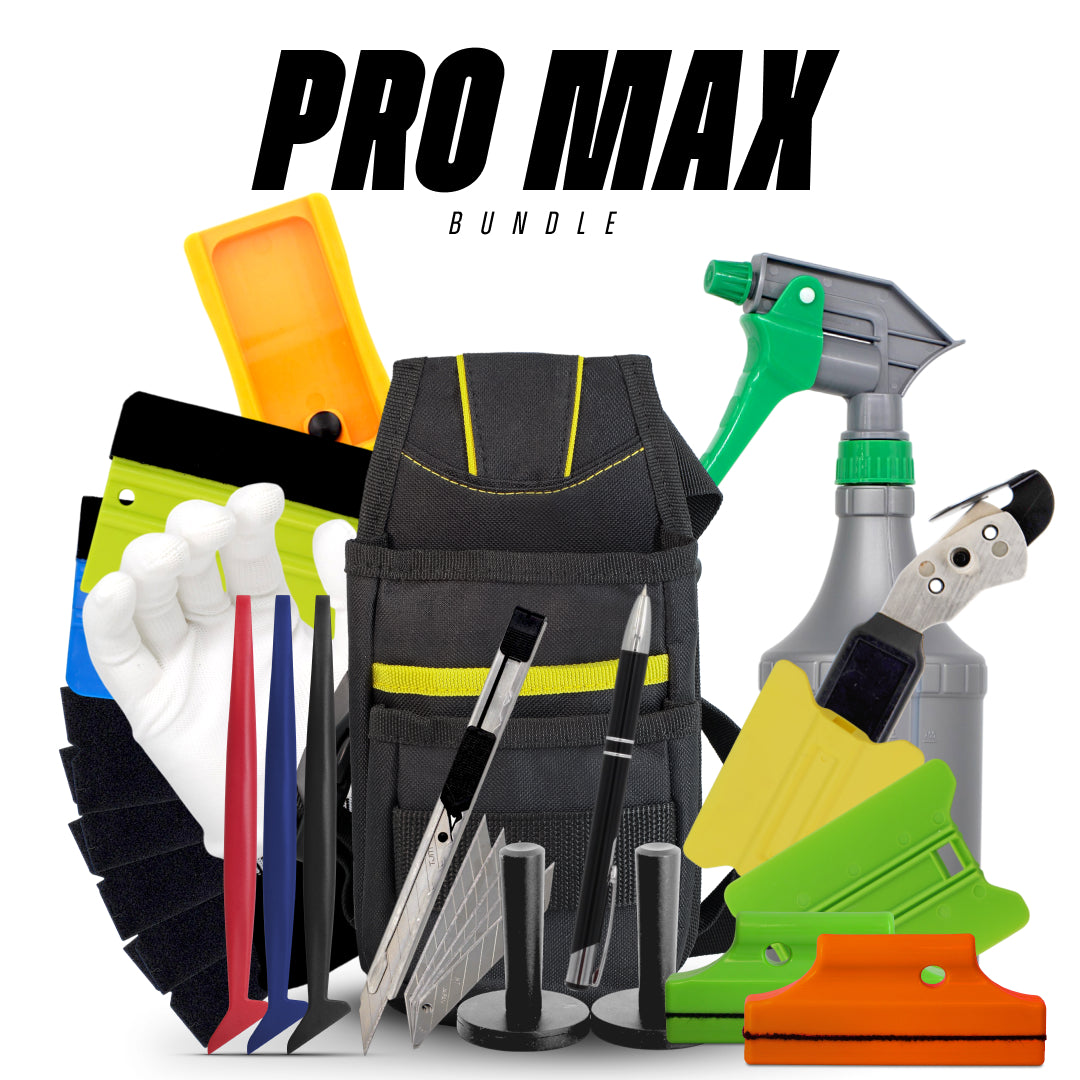
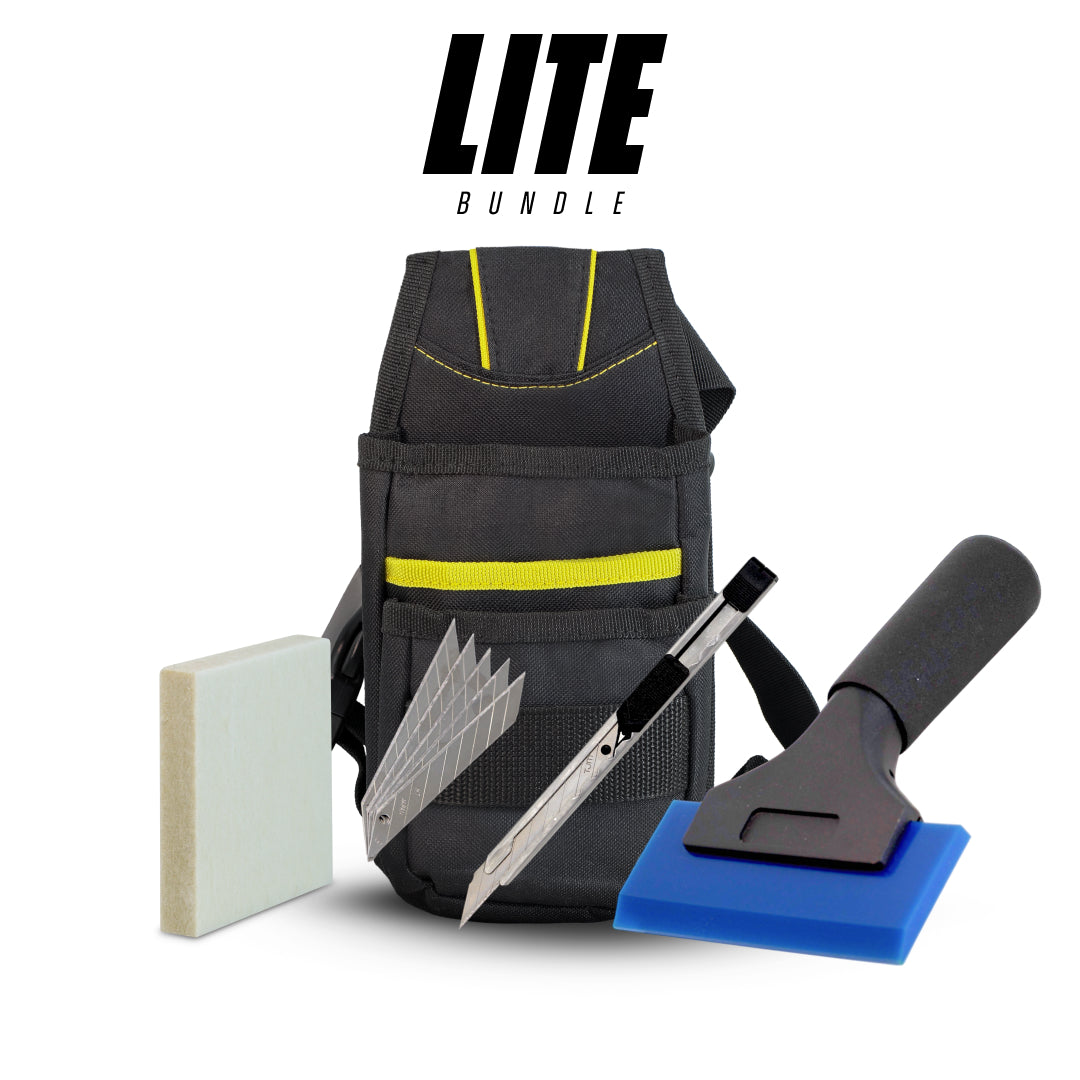
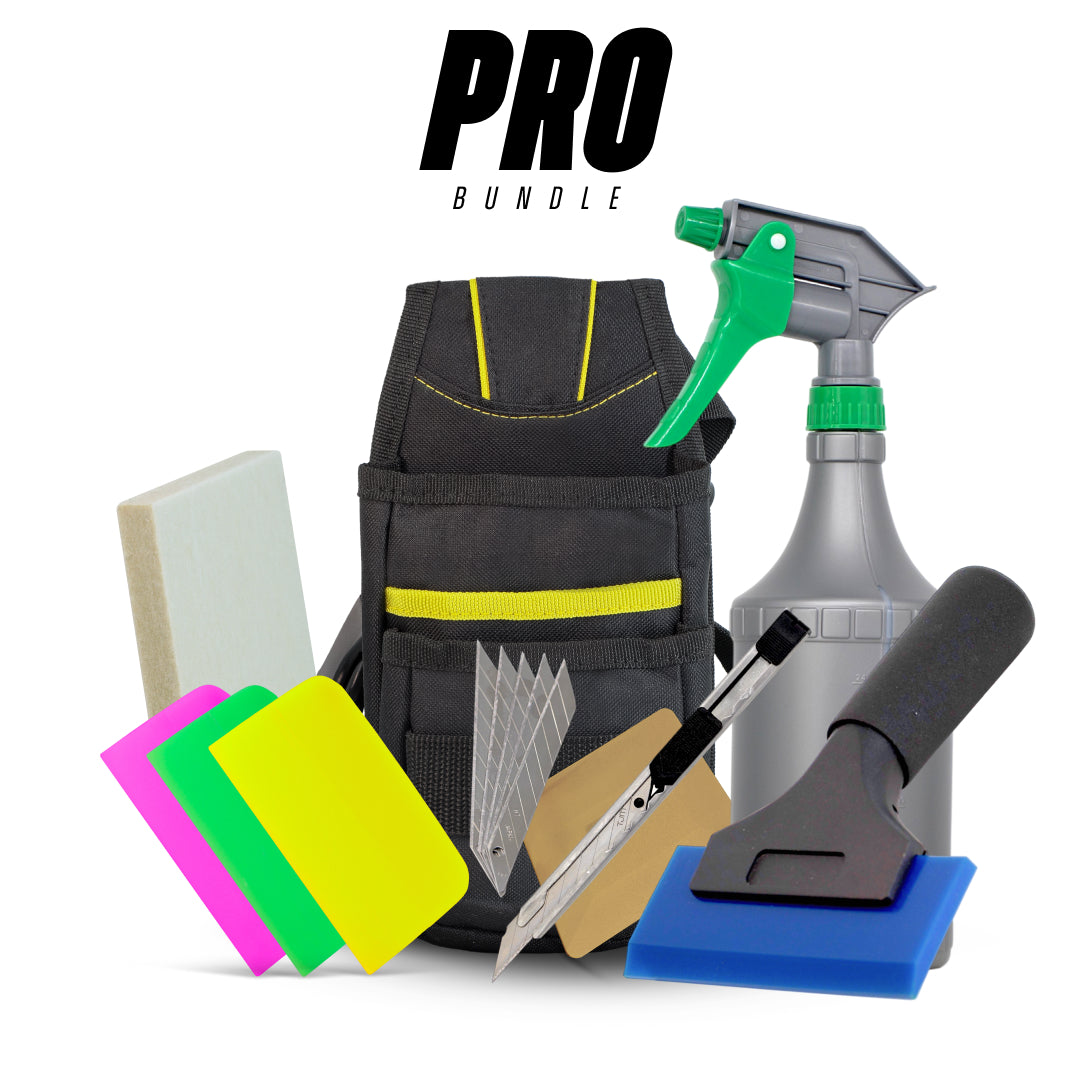
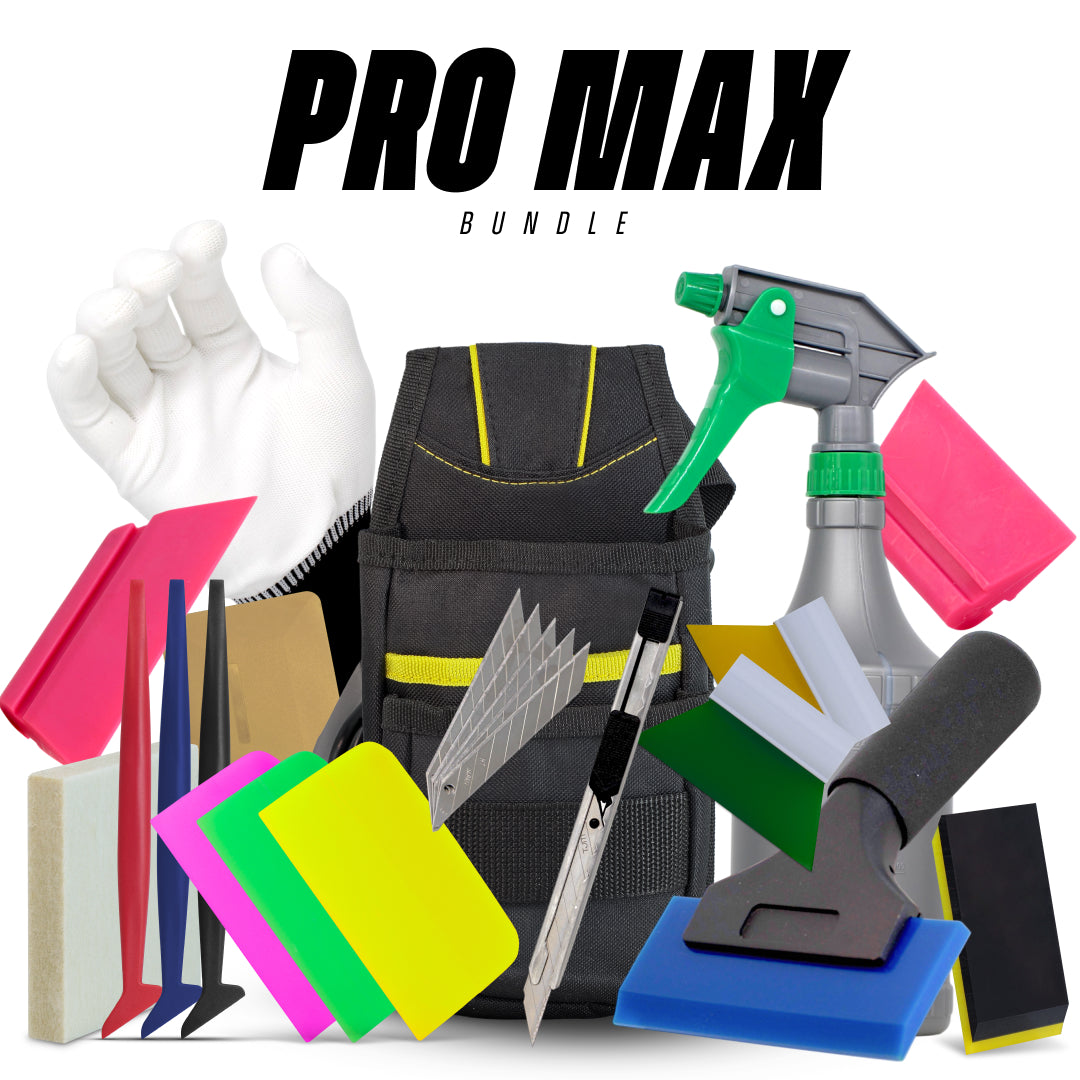
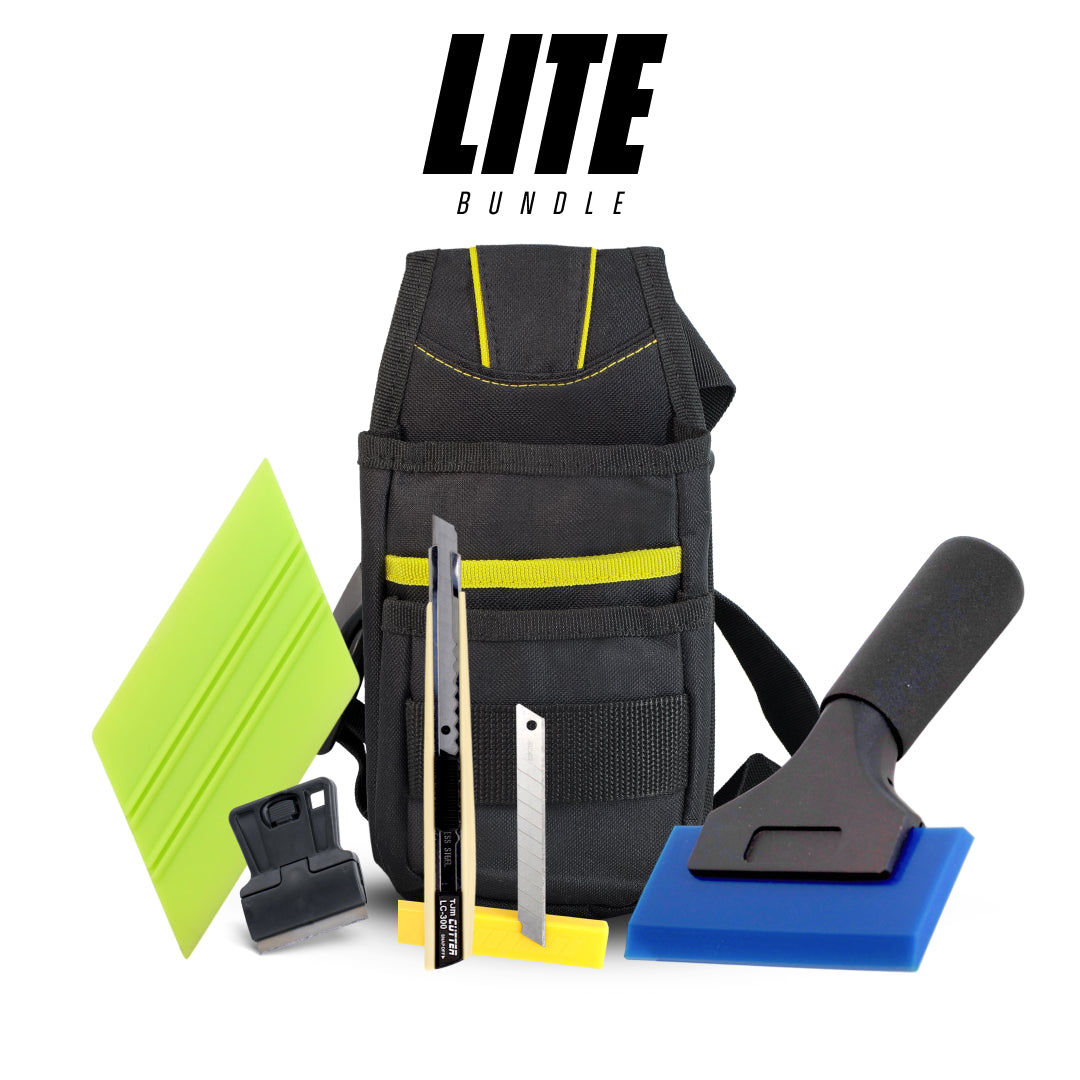
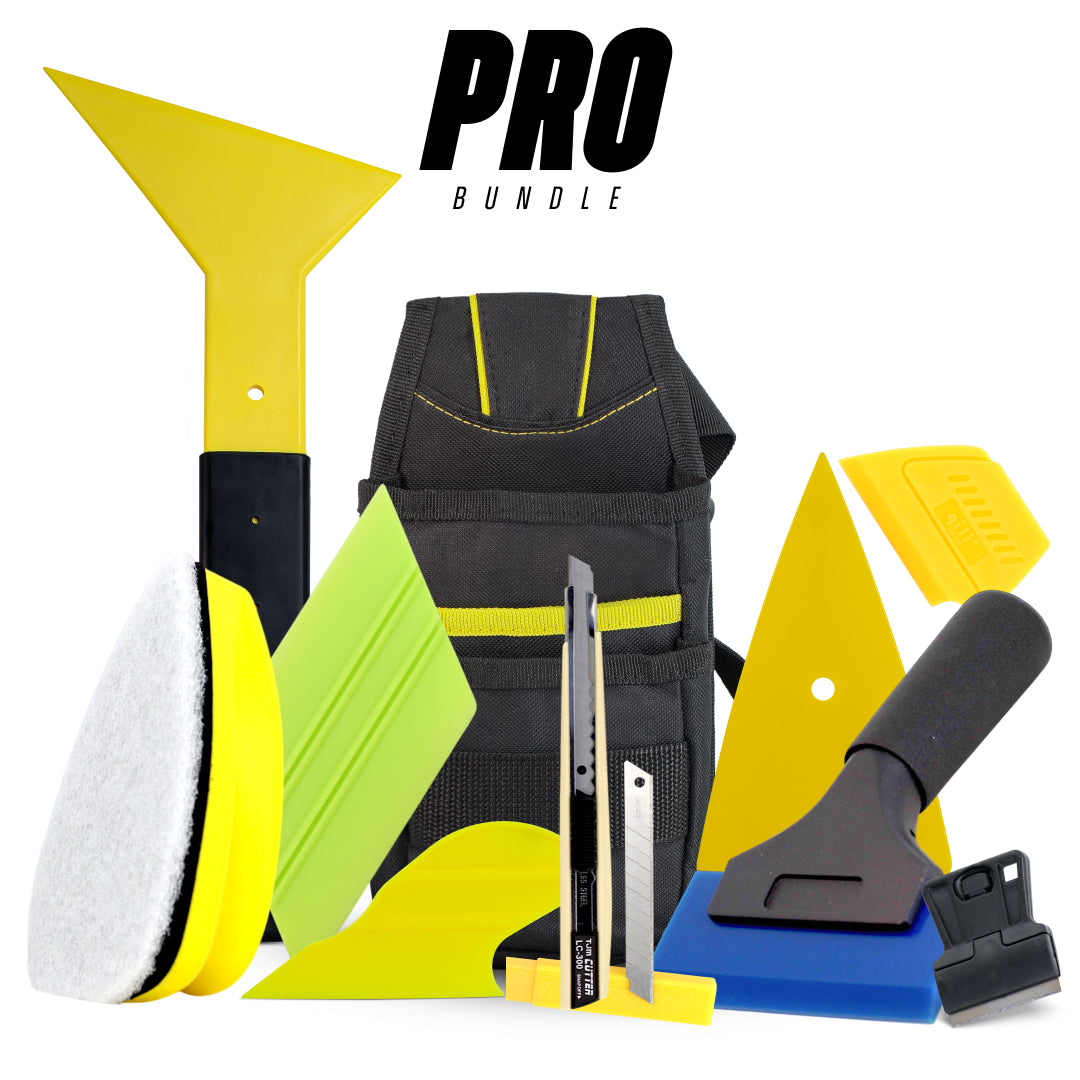
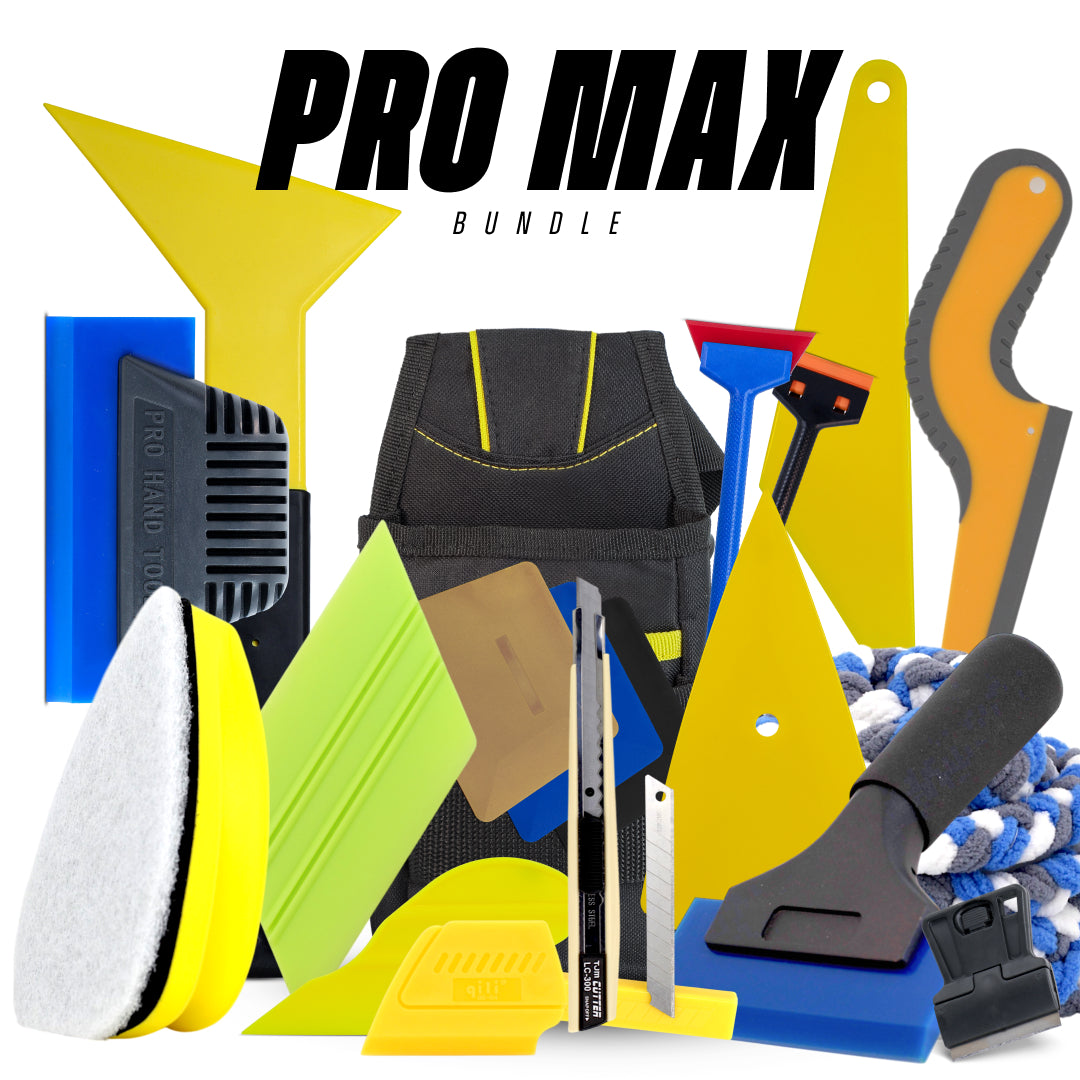
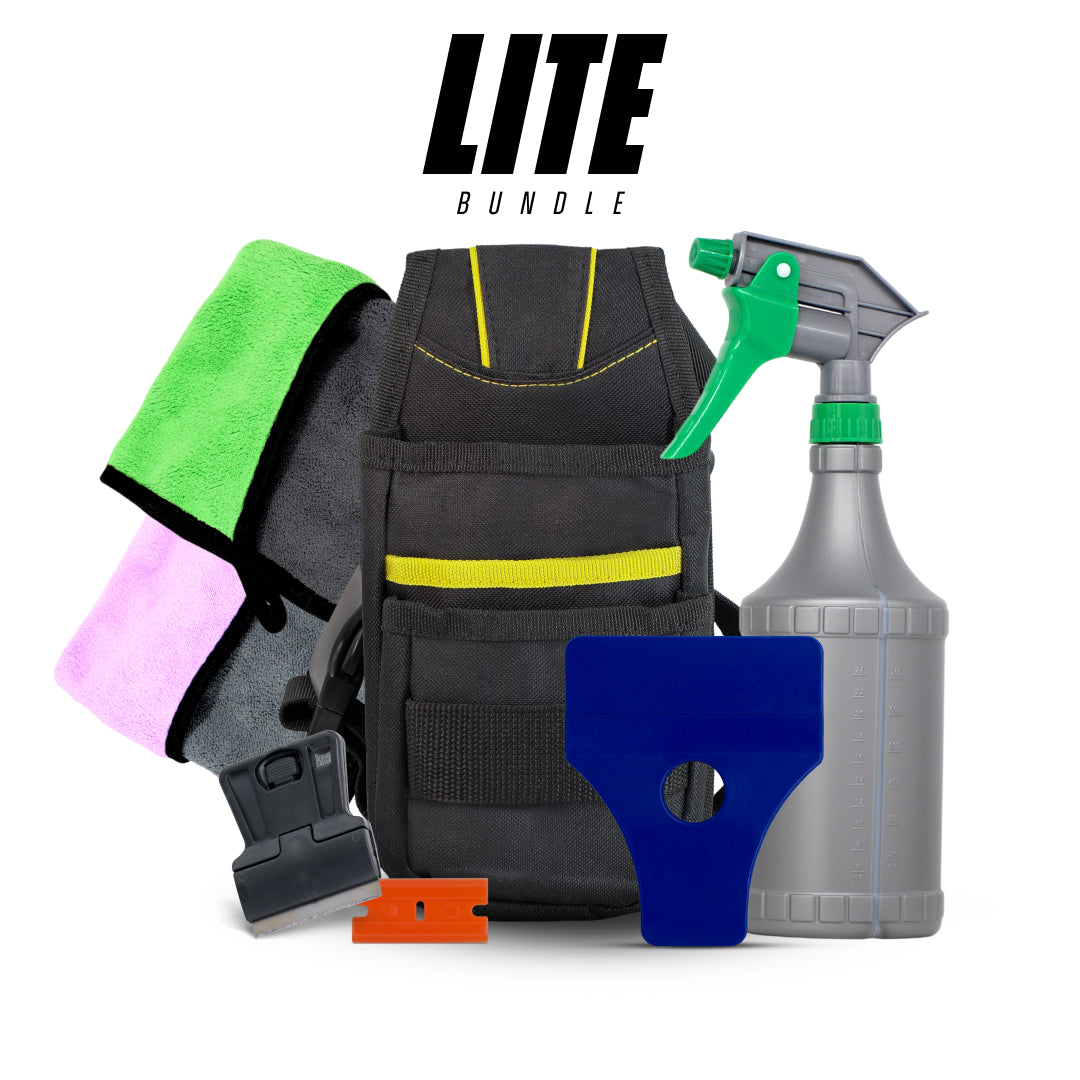
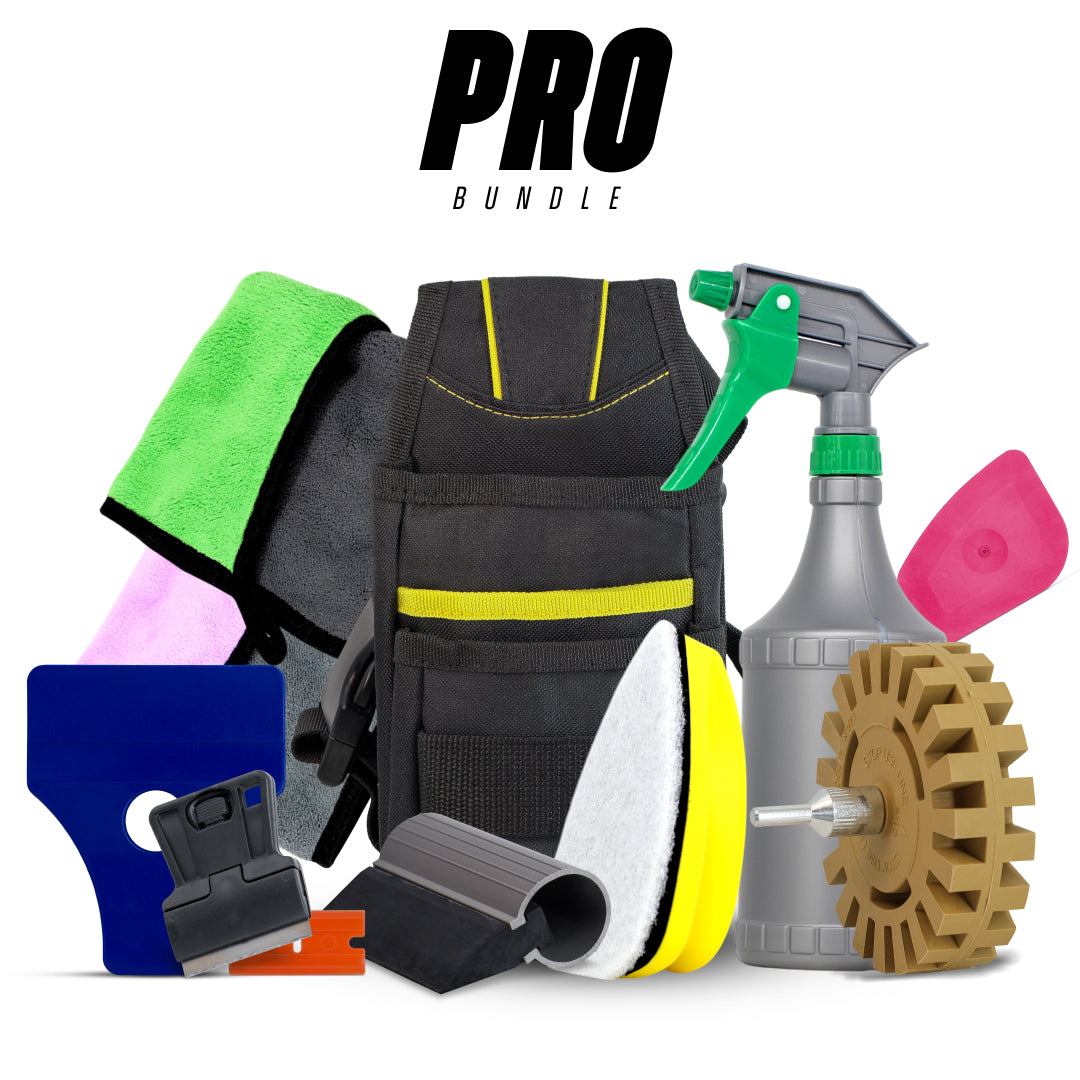
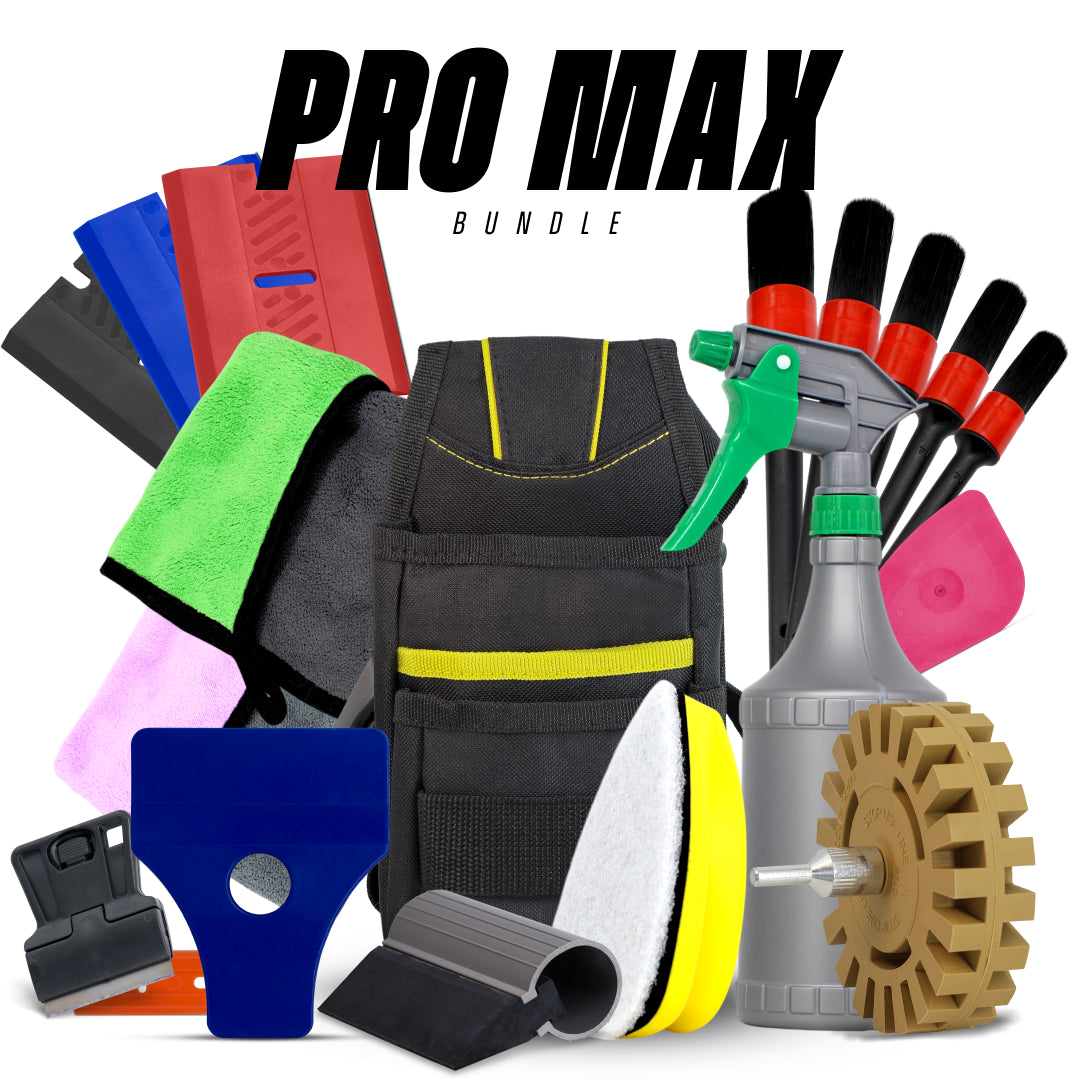
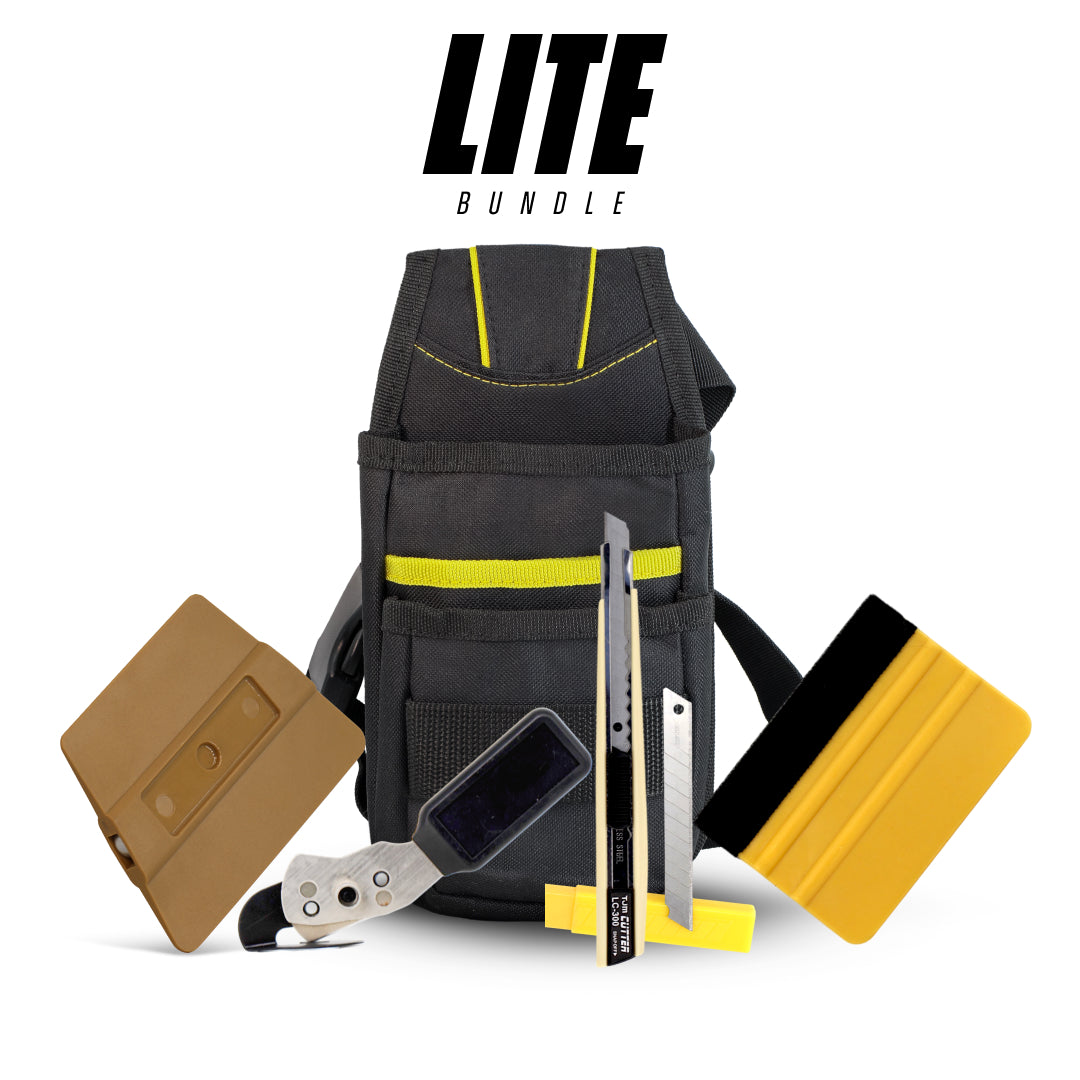
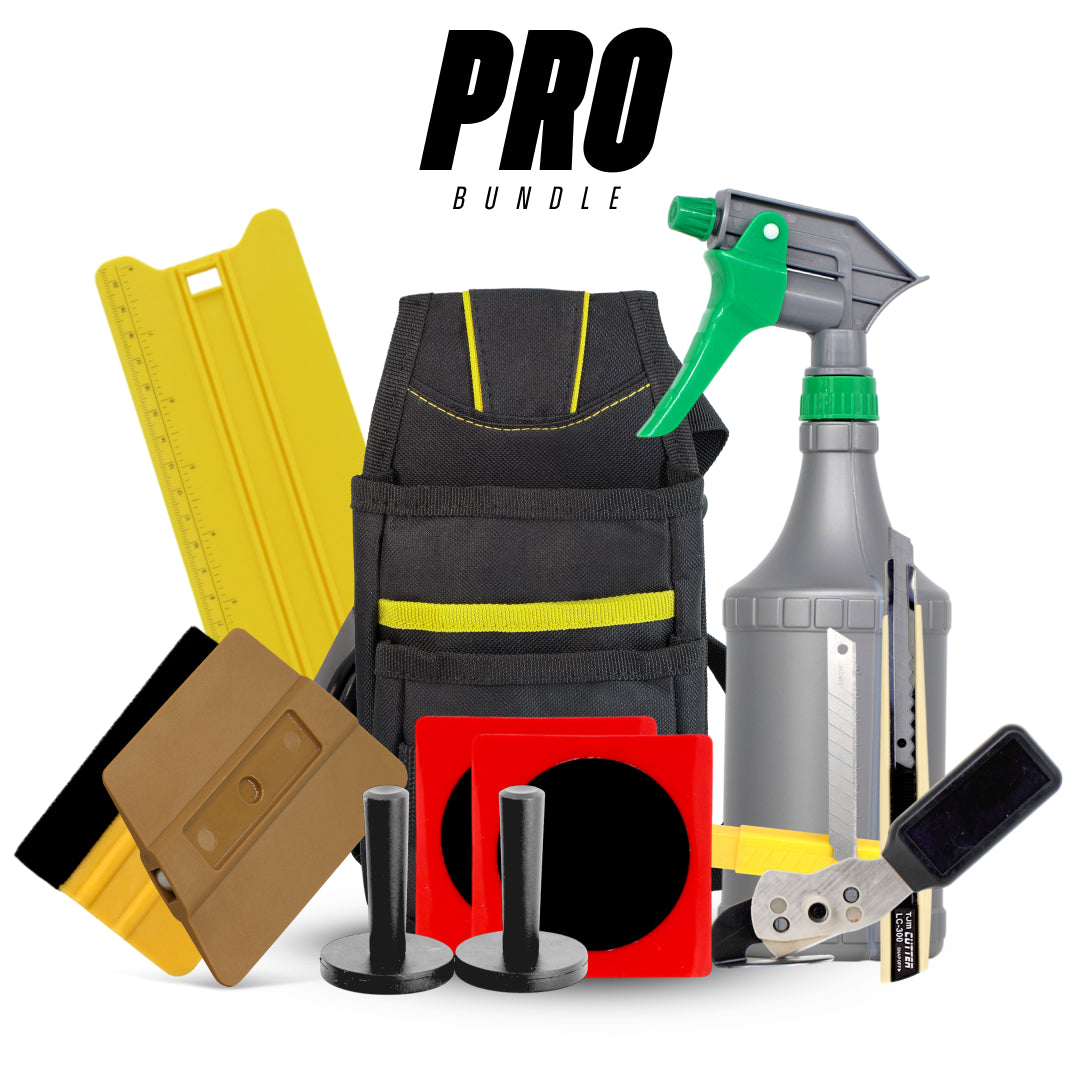
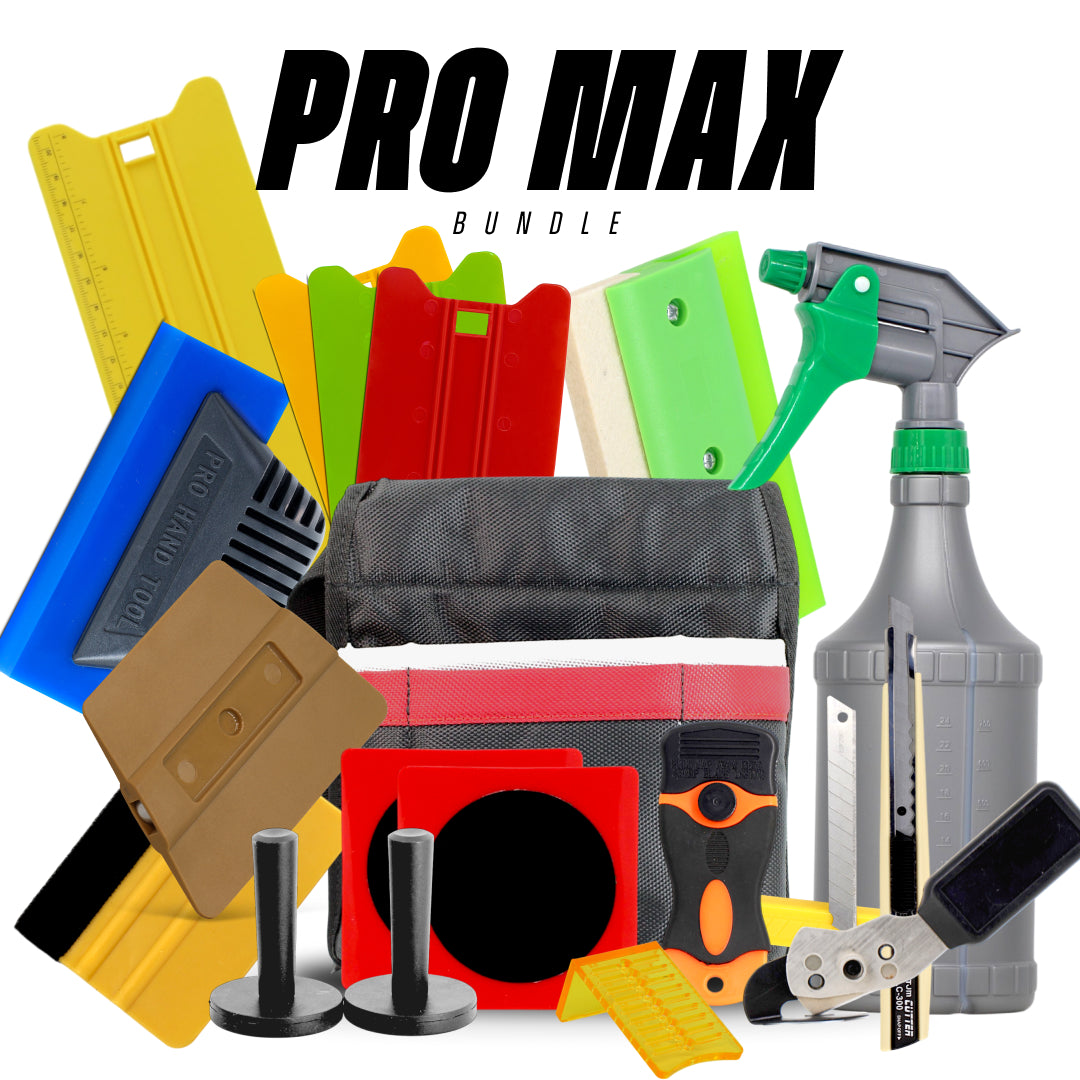
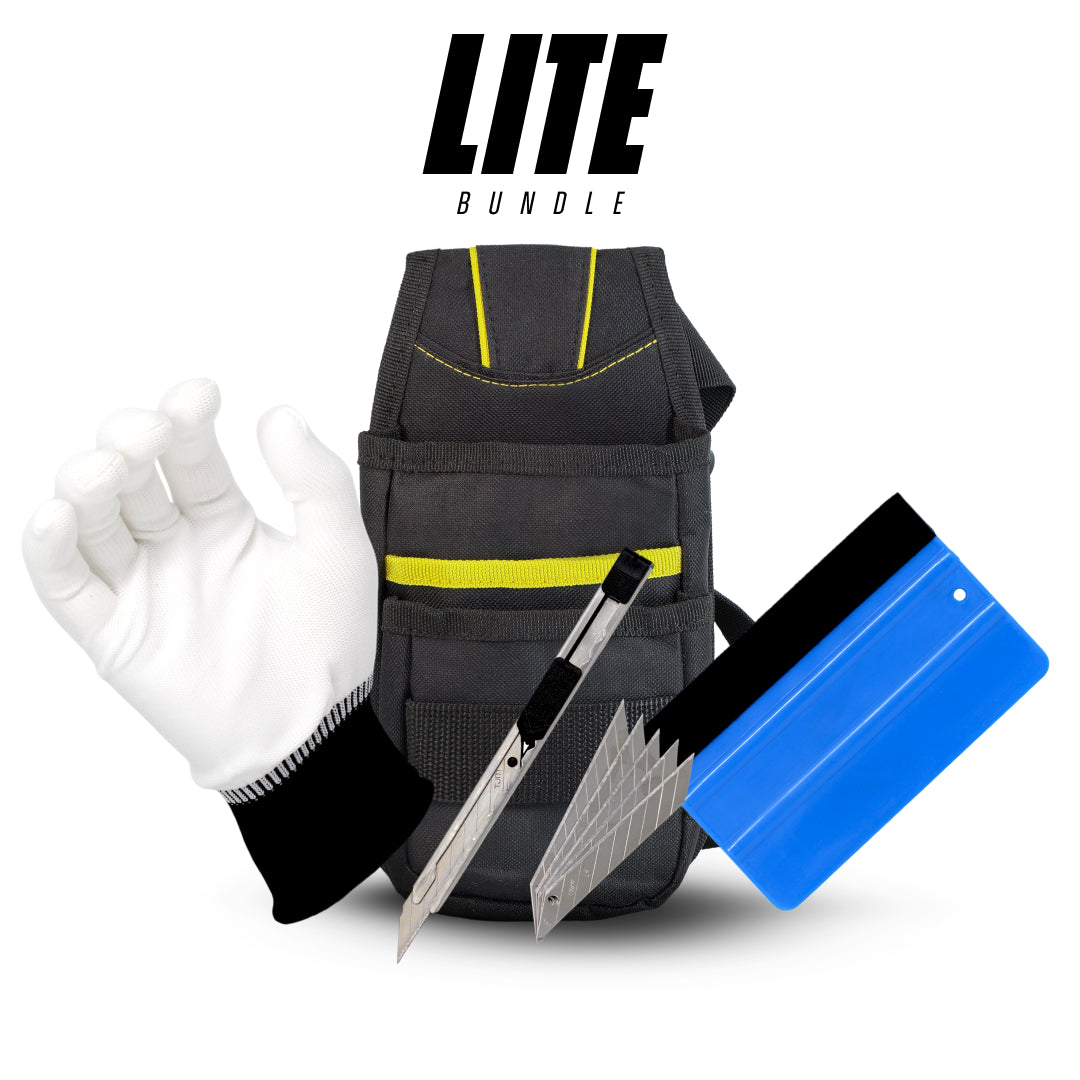
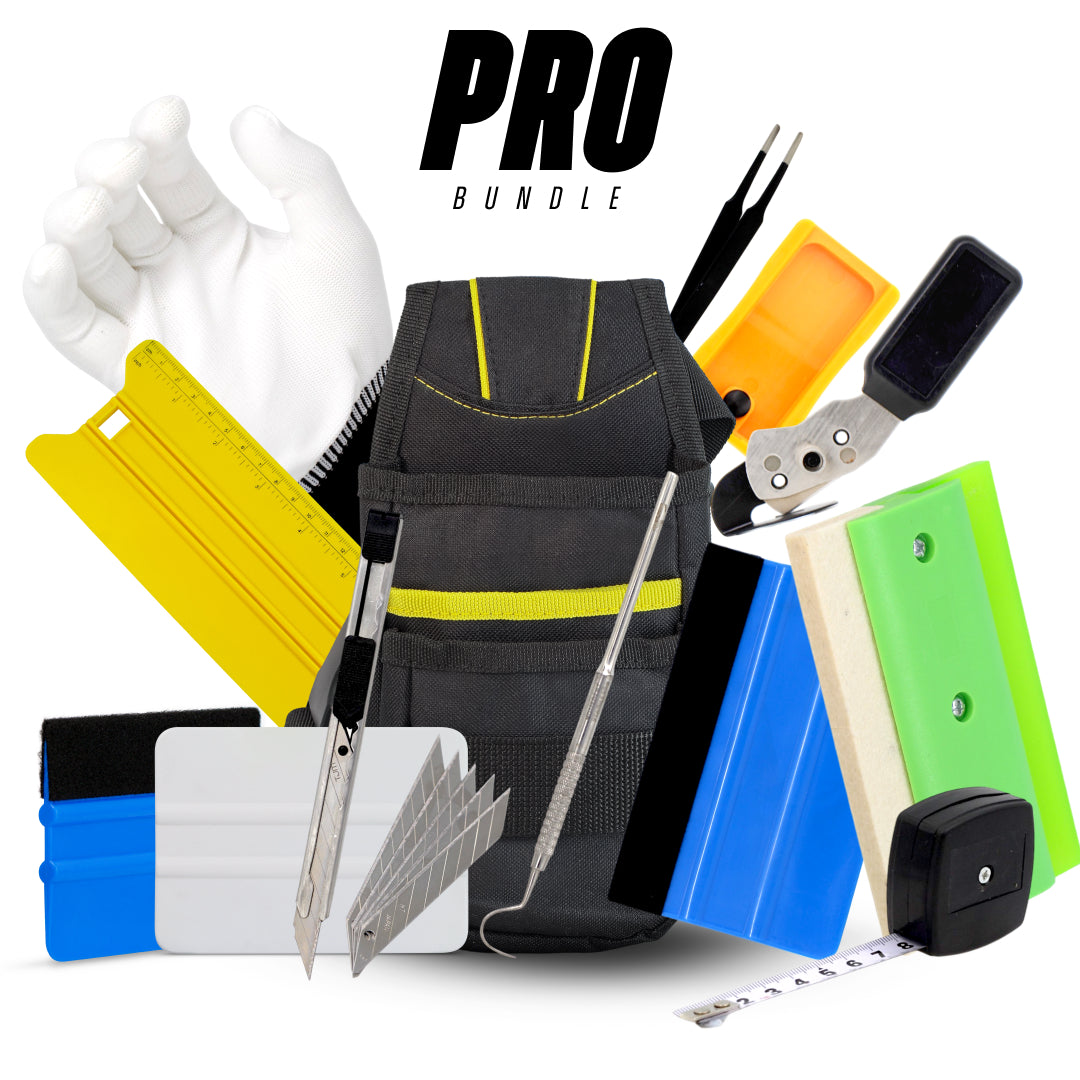
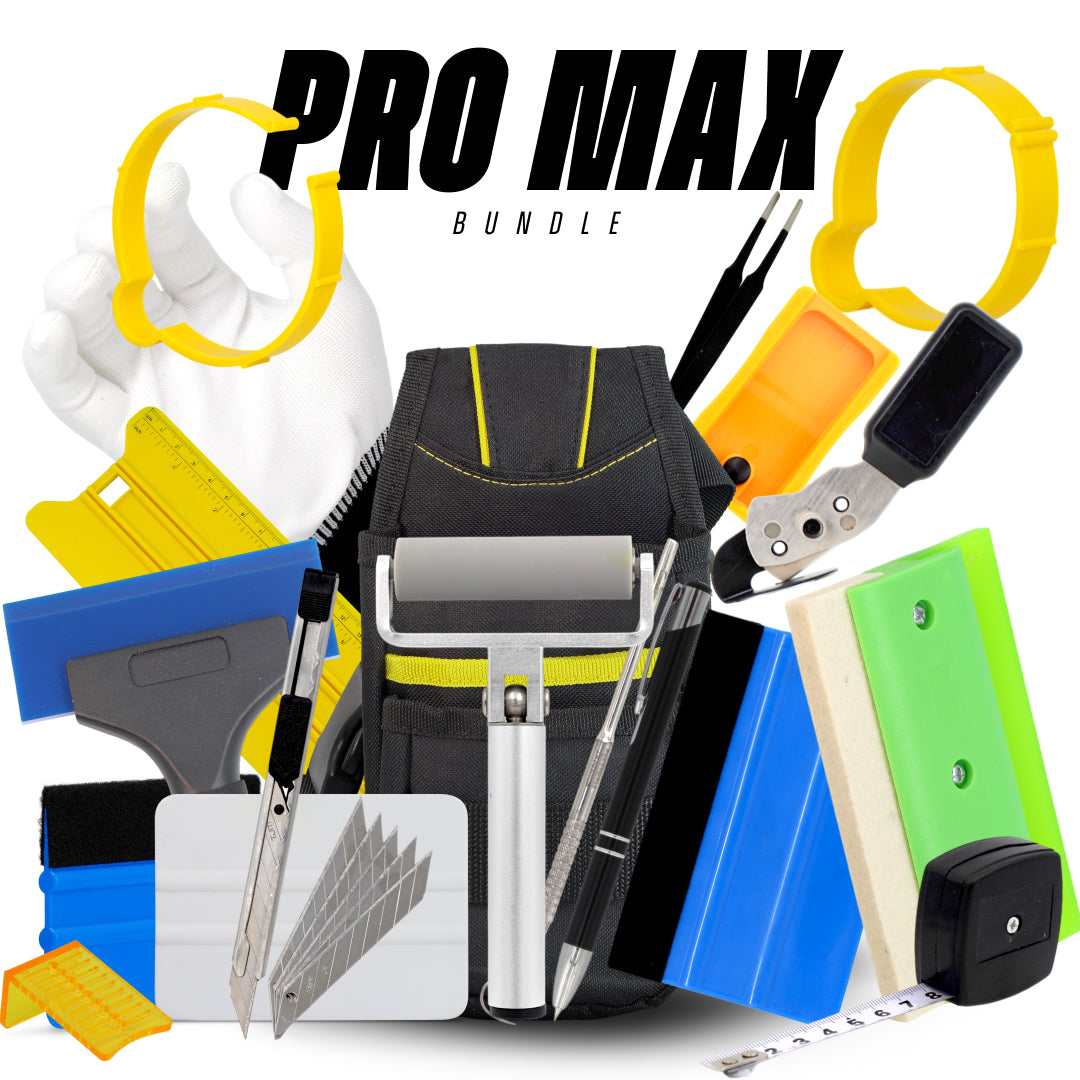

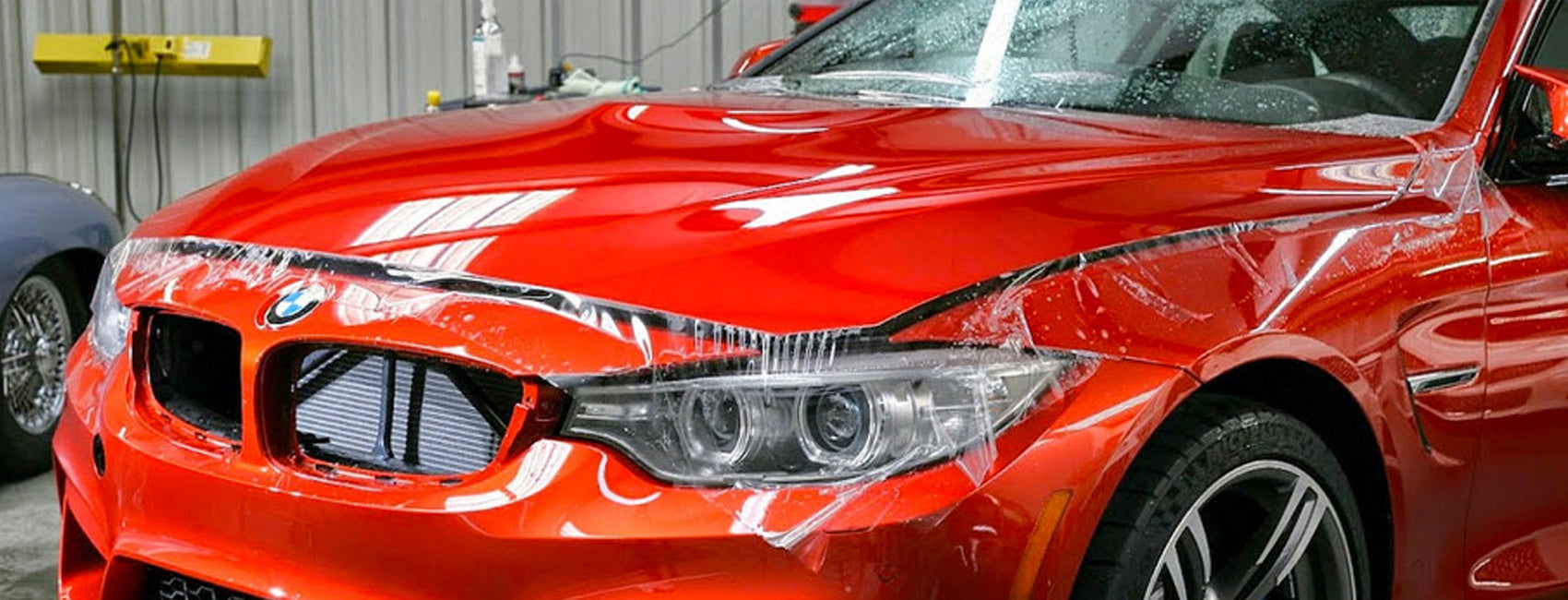
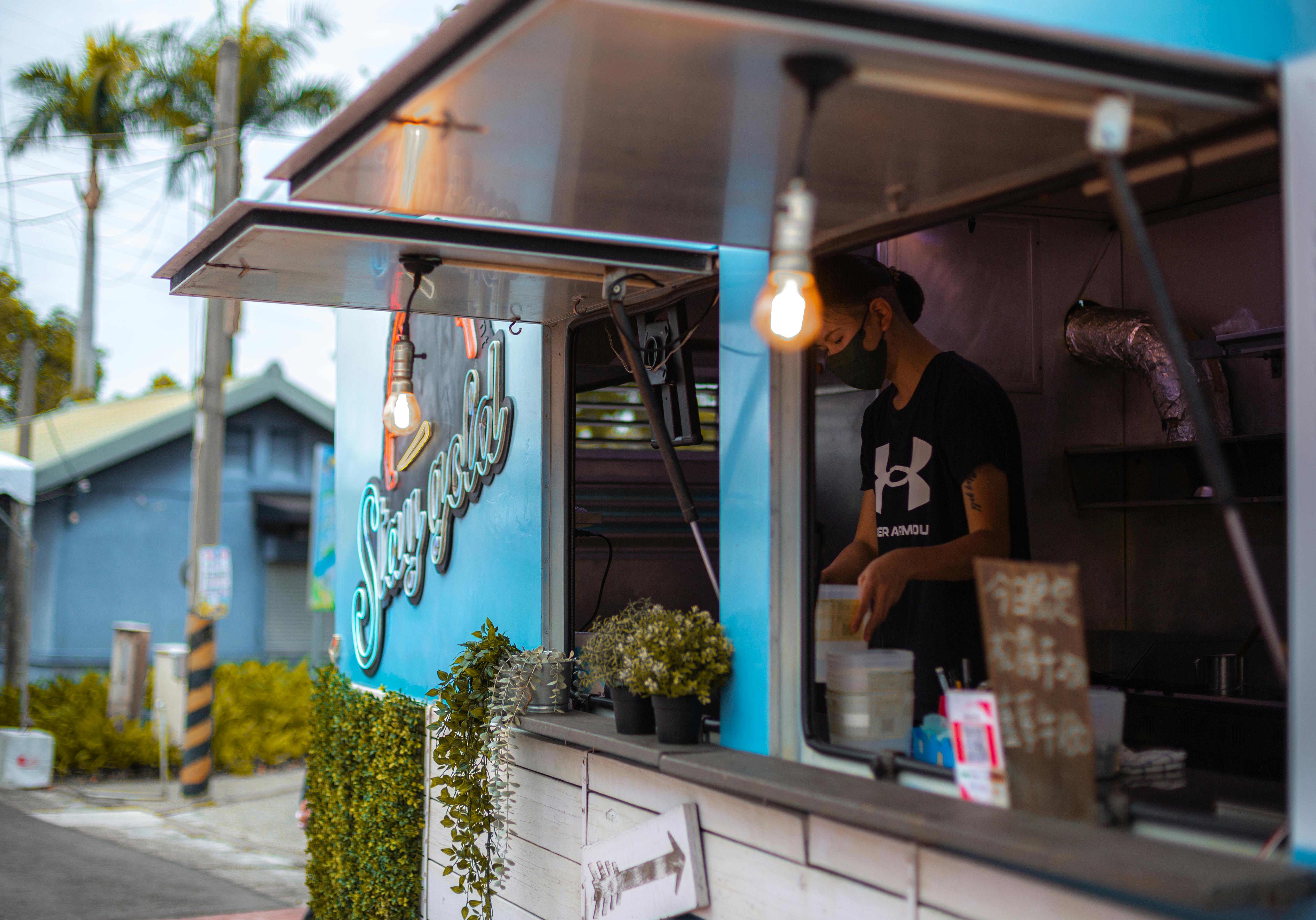
Leave a comment
This site is protected by hCaptcha and the hCaptcha Privacy Policy and Terms of Service apply.